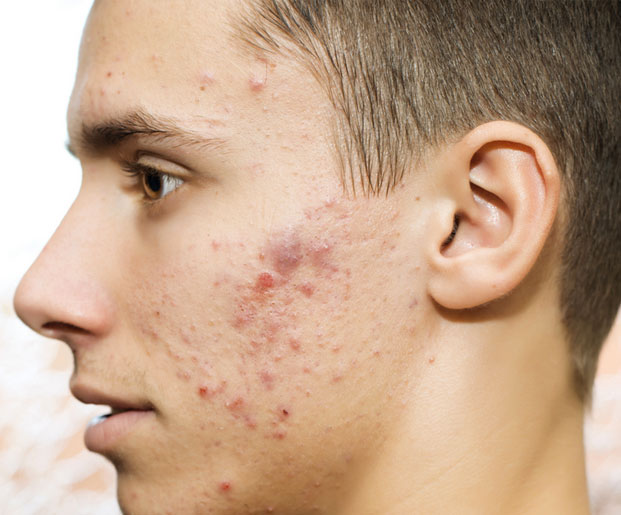Acne Treatment
- Home
- Acne Treatment
Acne is one of the most frequent dermatological conditions in adolescents and young adults, affecting a huge number of patients between 11 and 25 years, although it may persist in older people. There is also a high incidence of hormonal acne, which affects a large number of women in adulthood.
Acne affects self-esteem in teen agers and adults making them to limit their normal life, happiness and good psychosocial performance.
The main causes of acne include hormonal factors that increase the production of sebum inside the pilosebaceous follicle. There is also an inadequate desquamation of the cells of this duct, which causes obstruction of the sebum on its way out, favoring the proliferation and activity of bacteria such as propionibacterium acnes, increasing the perifollicular inflammation of the skin and producing acne lesions such as comedones, pimples, papules, pustules, nodules and cysts.
The professional treatment of acne is achieved by analyzing the factors causing it in addition to the patient’s age and skin type, the characteristics of acne and degree of inflammation, type of lesions, time of evolution, previous treatments and response to them, hormonal factors associated, etc.
Advanced dermatological formulations allow the best combinations of active ingredients in a personalized way for each patient and highly effective mechanisms of action to achieve the best results in acne treatment making skin beautiful and healthy again. There are many cases when the best response the dermatologist is looking for in the acne treatment is achieved with specific mixtures and concentrations of active ingredients different from those existing in some other common dermatological products.
These treatments can be accompanied by chemical peels of various depths and nanosomated peelings to achieve surprising results without irritation or exaggerated discomfort. Depending on the clasiffication of acne, there are also treatments with intradermotherapy, biological medicine, photodynamic therapy, blue light and different types of lasers which can be use to accelerate the time of improvement or else as treatment alternatives for patients who may have a contraindication to take antibiotics, retinoids and other medications that are usually prescribed for the management of this disease.




